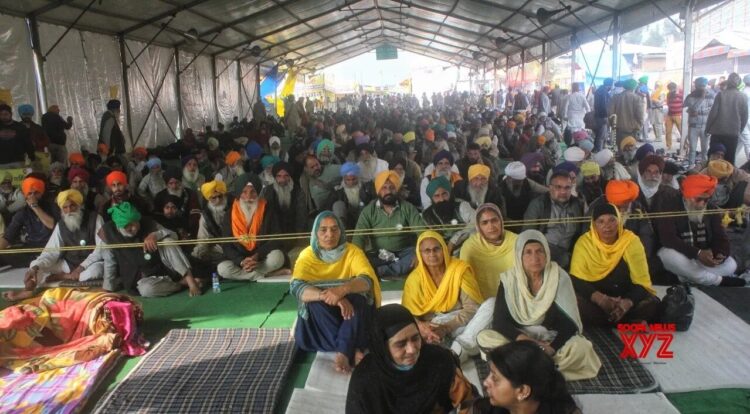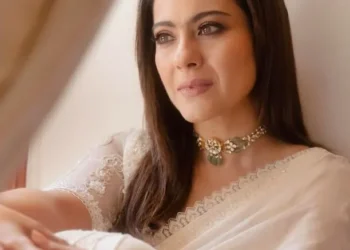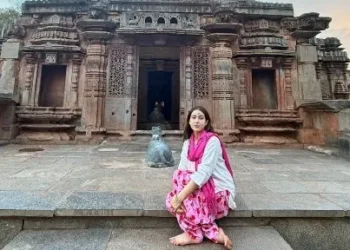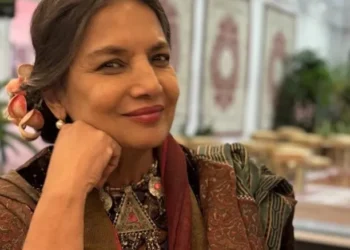With poetry as witness, looking at farmers’ agitation
Even as poetry and songs sung by several established and upcoming singers including, Jasbir Jassi, Kanwal Grewal, Jagjit Nikki, Harf Cheema, sisters Simrita and Ramneek and Ravi Inder Sheen, including many based on the poetry of Sant Ram Udasi, during the ongoing farmers’ agitation, are fast eclipsing the almost repetitive Punjabi pop from car stereos and even pubs in the region, a group of seven researchers at the Institute for Development and Communications in Chandigarh have been undertaking a quiet study to look at the emergence of new poetry and songs by 15 upcoming artists during the ongoing farmers’ agitation, and trying to see how they capture the diverse nuances of the movement.
Interestingly, while most research takes place after a movement ends, this one is being conducted simultaneously so as to see how it changes at different turns. With researchers across the borders with NCR and a team scanning social media and videos at the head office, the end result might also throw up a coffee table book.
While one can easily see the emerging trends from the three different spaces of protest when it comes to songs and poetry, Singhu being liberal and radical, Tikri, talking about the left and Haryana and Western UP less ideological, it becomes easy to make a comparative analysis of the voices from these different spaces.
Pramod Kumar, Director, Institute for Development and Communication feels that this re-establishes the fact that Punjabi literature has always had an organic basis which comes from political contexts, and is not isolated. “Politics is organic to the culture here. Now, in all the 13 major fairs held in Punjab, which cover almost every part of the state, each political party has a diwan. Different views are aired and people get exposed to a multitude of thoughts and ideologies, that too from a very early age. This agitation is therefore mature enough to understand that a political question needs a political answer, therefore it did not want it to become a legal issue,” he tells IANS.
Adding that the people’s interaction with the land and its culture makes them much awakened when it comes to messages through art, Kumar remembers, “In fact, we asked our research team on the ground to observe if there has been any shift in the messages after the January 26 incidence at Red Fort. There has been none. By the way, the Police at many places put up loud speakers towards these sites and switches on patriotic songs. To counter the narrative of Khalistan — agitators recently walked with a 5,000-meter long national flag.
Talk to him about the much talked about Khalistani angle and the many songs going viral on the subject on social media, and Kumar smiles, “They are just catering to those residing outside. Deep Sidhu will be their lifelong hero, paid in pounds to lecture there. As far as social media goes, there is just too much anarchy there. One has to look through very carefully.”
Highlighting the three competing narratives in poetry and songs during the ongoing protests with Middle liberals focussing on federalism and MSP; left liberals talking about crony capitalism, and fringe Khalistani elements, Kumar also feels that the movement has thrown up several new ideas and thoughts. “One is that of a need for a social democrat party like in Europe that caters to the well-being of the people rather than focussing on the GDP. And there is a space which is vacant. Two spaces have already been wasted by Mayavati and Kejriwal who are now completely mainstreamed.”
Pointing out that the movement is also about Punjab’s ruling class fighting another one, he feels that intellectuals, administrators and those in the police in the state have been beneficiaries of the existing system, and are now feeling threatened. “Unlike the Reddys in Andhra Pradesh, the Punjabi agrarian did not go to industry and trade but went in for government sector jobs. Here, status comes from land. It’s not just about money. They are therefore worried about major capitalists entering.”
Talk to him about the emergence of several young artists during the CAA and farmers’ movement, for whom the protest sites are new studios, and Dr Kumar asserts, “Both being progressive movements witnessed immense participation by the Left, thus adding to the intellectual pool. Poetry had to come. This is self fulfilling. Also, we must not forget that the youth of Punjab is essentially anti-establishment. Look at the decades old street theatre tradition here. And Ugrahan is a left belt. Even today, 18 to 20 per cent people in the state don’t vote for the main established parties, but always choose the ‘alternative’.”























